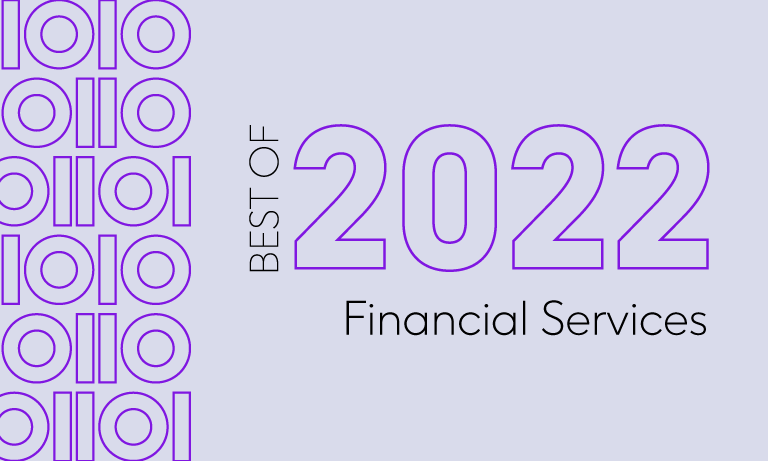Trusted data fuels stronger financial services. With that data, organizations in this sector are able to better understand customers and improve experiences, fight financial crimes, reduce compliance risks, optimize branch performance, and stay ahead of the competition.
Let’s further explore the impact of data in this industry as we count down the top 5 financial services blog posts of 2022.
#5 How to Clean Up Your Data for Anti-Money Laundering (AML) Compliance
Financial services firms are required to store data at scale and carefully track it for instances of money laundering. It’s a classic needle in the haystack scenario too large for even teams of auditors and compliance officers to take on.
Many are turning to machine learning as an alternative to manual workloads and a long-term solution to anti-money laundering compliance. Smart tech empowers firms to prevent money laundering, preserve compliance, and avoid expensive fines or disruptive investigations. Read more >
#4 4 Real-World Examples of Financial Institutions Making Use of Big Data
Big data has moved beyond “new tech” status and into mainstream use. Within the financial industry, there are some specialized uses for data integration and big data analytics.
Many institutions need to access key customer data from mainframe applications and integrate that data with Hadoop and Spark to power advanced insights. But what does that look like in practice? Let’s look at four unique examples. Read more >
Read our eBook
4 Keys to Improving Data Quality
This eBook will guide you as to how to overcome the root problems of data quality but also clarifying the roles of data quality management and data governance in resolving them.
#3 Successful and Sustainable Data Governance in Financial Services
Today’s financial services organizations are swimming in data. That represents a huge opportunity, especially as advanced analytics, AI, and machine learning (ML) gain momentum. It also raises some challenges. GDPR, CCPA, and similar regulations are driving the need for more rigorous approaches to compliance.
So how do you leverage the power of AI/ML and innovative analytics while ensuring accurate, trustworthy results? Data governance provides the answer. Read more >
#2 4 Goal Setting Methods to Identify Untapped Opportunities
If you operate a financial services organization, you want your individual branches to perform at their best. By using industry-leading dataset and analytical techniques, you can overcome historical limitations through an approach called “opportunity-based goal setting.”
This approach is driven by a more sophisticated understanding of each branch’s unique situation: its location and facility characteristics, potential customers, and competitive environment. Read more >
#1 4 Must-Haves for Data Governance Success in Financial Services
There’s more data than ever in financial services, creating highly complex data environments. To make the most of all that information, your organization must prioritize data governance to gain a 360° view of each customer, move away from silos, ensure compliance, and more – ultimately, it’s about building trust in data.
To create net-new business value, there are four “must-have” elements for a successful data governance program in financial services. Read more >
Read our eBook 4 Keys to Improving Data Quality which will guide you as to how to overcome the root problems of data quality but also clarifying the roles of data quality management and data governance in resolving them.







